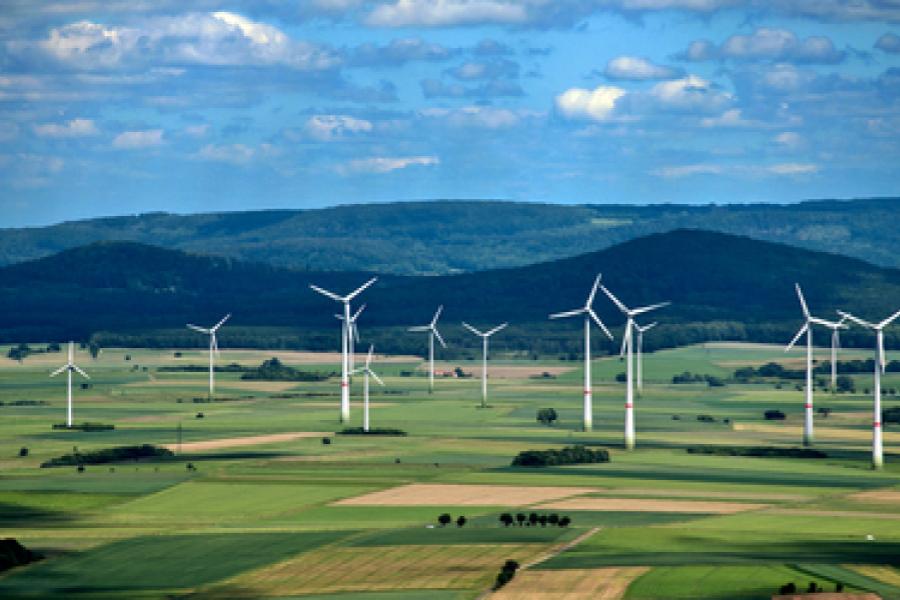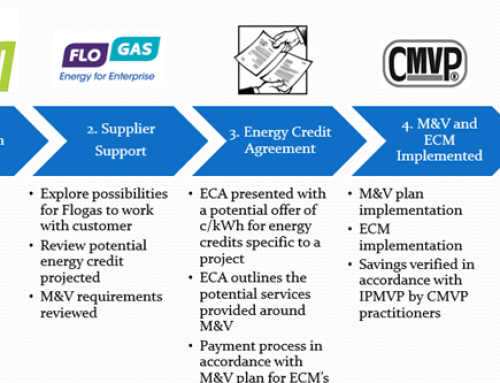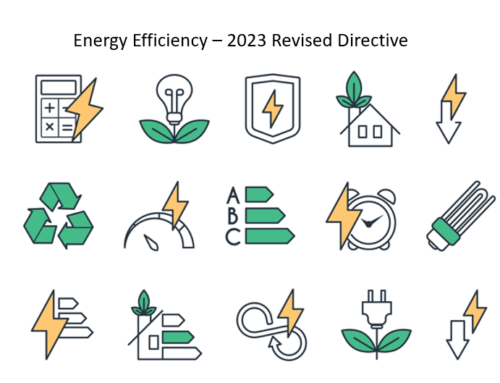Gas Market Update
After averaging close to 300p/th during December 2022, the NBP Day-Ahead contract has since fallen back to sub-200p/th levels so far in January. This bearish sentiment has been driven by weak short-term market fundamentals. For example, unseasonably mild temperatures, coupled with above average wind generation levels, helped to reduce total gas demand in recent weeks. Furthermore, on the supply side, the continuation of the high number of LNG cargoes arriving into the UK as well as other key European gas hubs, has also helped to erode some of the supply risk premium built into the spot market.
To date in January the Day-Ahead contract is averaging ~50p/th lower than over the same period in 2022. Although the prompt market is currently being controlled by the bears, prices still remain highly sensitive to any dip in temperatures as well as any threat to supply.
Currently, 13 LNG vessels are expected to arrive into the UK by 21st January 2023. With expectations high that LNG cargoes will continue to arrive on European shores in such large numbers, near curve contracts have decided to trend downwards in recent days in light of this healthy supply outlook. With gas storage levels also remaining relatively high for this point in the winter, the likelihood of Europe having sufficient gas supply for the remainder of the current winter is looking more probable. If this is the case, we could see some curve contracts begin to shed some of their risk premium as well. However, should NBP curve prices fall, this could pose the risk of a reduction in the number of LNG cargoes arriving into the UK in favour of more lucrative markets further afield.
Power Market Update
Wholesale power prices in December spiked after relatively soft months in October and November. January is currently closer to October and November pricing, and has experienced a downward push of almost 50% on December’s average. Pricing is currently outturning 30% on average lower than for the same period in 2022.
The drop in prices, as was the case in October, can be attributed to the drop in gas prices and increased generation of wind power on the system. January to date has seen wind levels almost 50% higher than December levels and is playing a big role in dampening Day-Ahead power prices. We are currently on track to have the highest outturn of wind generation in a month on record.
Looking forward to the rest of Winter and into Spring, gas prices will remain front and centre for Day-Ahead power pricing, with a large influence coming from wind and avoiding system outages.
In forward markets, liquidity remains a challenge. Value is harder to find due to the continued volatility of the market and margin calls coming into play on generators.















